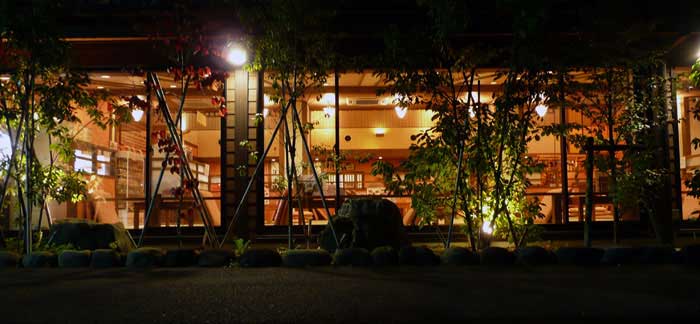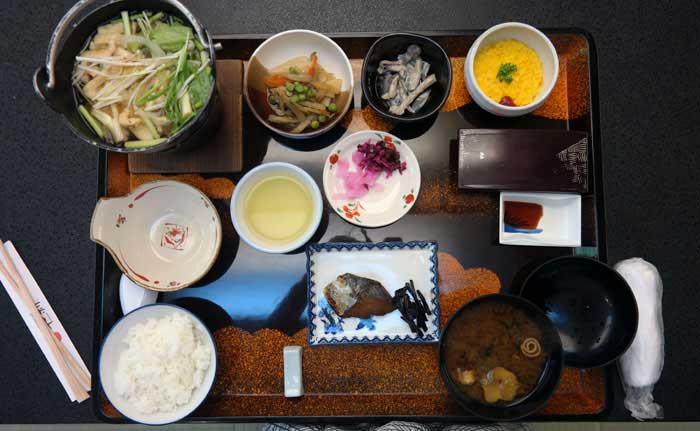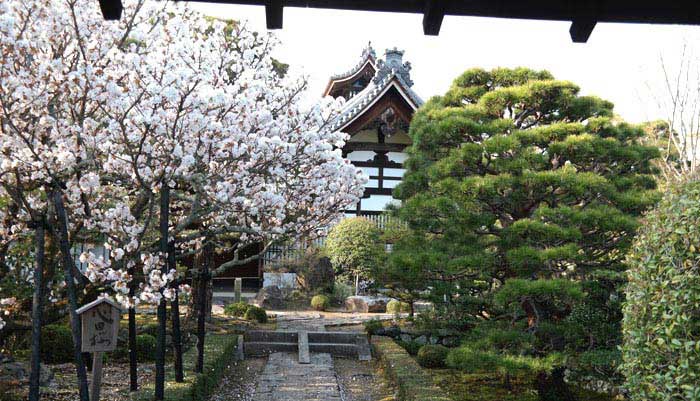A great pleasure can be derived by taking a soothing hot sento bath which temporarily washes away all your depressing work troubles after a hard day at the office. Sento are dying a slow death and rare outlets can be found outside of the cities. Only a few baths can be found around central Tokyo which makes them more unique and appreciated. Sento are usually patronized by local Japanese, and this article will explain the dos and don'ts when visiting a sento to avoid any embarrassment from the naked eyes of the seasoned sento visitors. Make sure to bring the essentials which will be explained.
First rule in sento is that you will be completely naked once inside the bath. Always have one or two small towels for covering you private parts. It is essentially the most important item and makes other kit secondary. Sento does not provide any shampoo or soap for free, and they come at a price, so be sure to pack some toiletries before heading to one. Avoid bringing along valuable items and do not be afraid of stares if you have tattoo all over your naked body. Local Japanese may very well be more afraid as they associate tattooed bodies with yakuza members. You can bath well in peace if you do not have any.
There are different sento packages ranging from common baths to Tokyo's super high class sento. Shoes can be stored at the locker facilities. Payment for entrance fee of around 450 yen is paid to and old lady manning the ticket counter or paid to vending machine which will duly spit out tokens for entry.
Be sure to enter the right bath for the correct gender as separate baths are made for male as well as female respectively. There will be a changing room where you can store your belongings in a locker. Next would be to undress all your clothes and cover your private parts with a small towel. Locker bracelet is worn around you hand for safekeeping. A sliding door separates the baths and the changing room. Cross over and you are well on your way for a tranquil bath.
Baths are large enough for many customers soaking at once. Try to speak softly as possible to keep the atmosphere peaceful and quiet. Shower cubicles can be found beside the baths. A small stool facing a blank wall can be used to wash up. The water is warm and temperature just nice. Baths cannot be used for cleaning yourself. Always ensure you are well washed before soaking in. Toilets can be accessed anytime whenever the need arises.
You must be completely naked to enter the bath. If you belong to the shy type, cover using your small towel and remove right before entering. Some baths have lightning symbol boards to signify possible experience of electric shocks. The shocks are mild which enables you muscles to contract and provides a soothing feeling. Some baths have higher temperature so be wary of the heat. Test the heat by starting with a hot bath. Relax and ignore the other bathers for a relaxing time. Think of peaceful scenery that you have visited and all your sorrows will be thrown wide out for the moment of extreme peace.
Once you are done with hot bath, enter the cold icy bath to wake you up from slumber land. Good sento comes with mineral bath filled with rich water black in cola color. Once you have done the entire above, step out to clean yourself on the all facing stool, and repeat another round of bath. You have just completed the sento ritual passed down since centuries ago. The final bath should be in the mineral water bath. Immediately put on your pyjamas for an authentic Japanese style sento bath. Warm your inner body with a hot milk and slowly stroll back your comfy bed and get ready for one good slumber.




